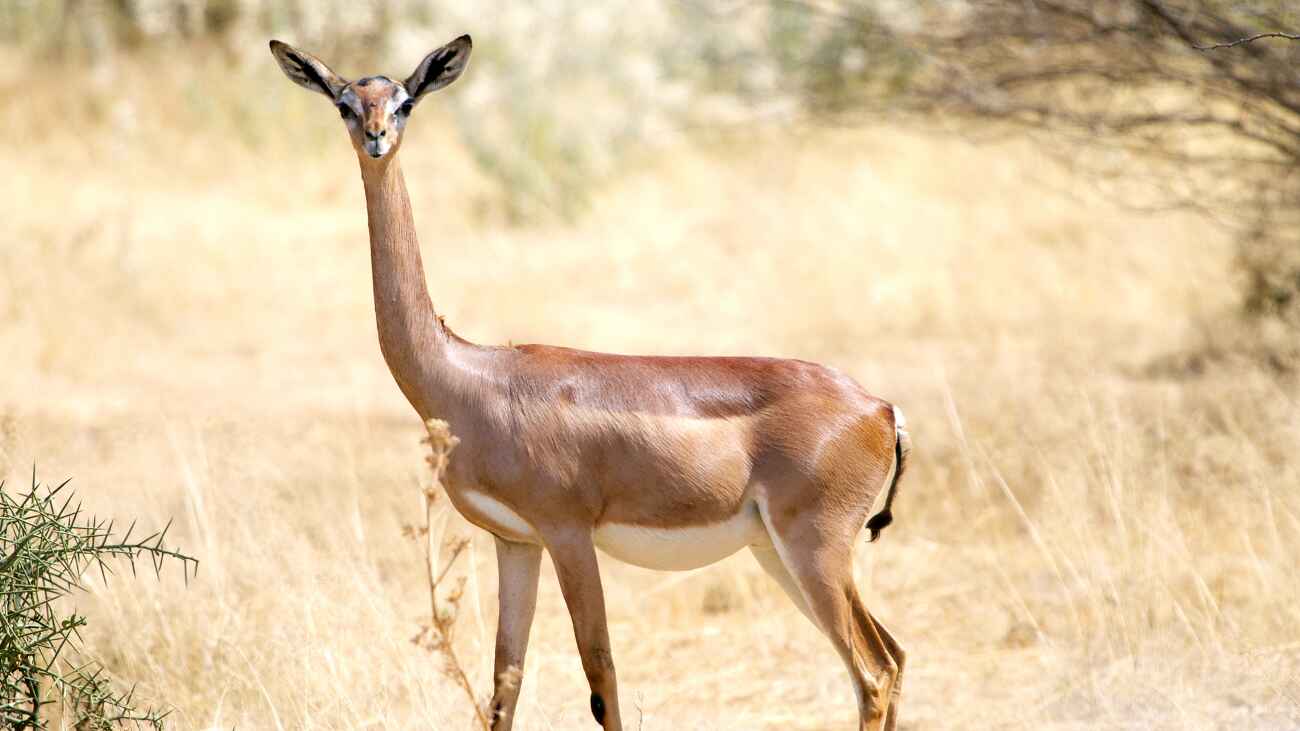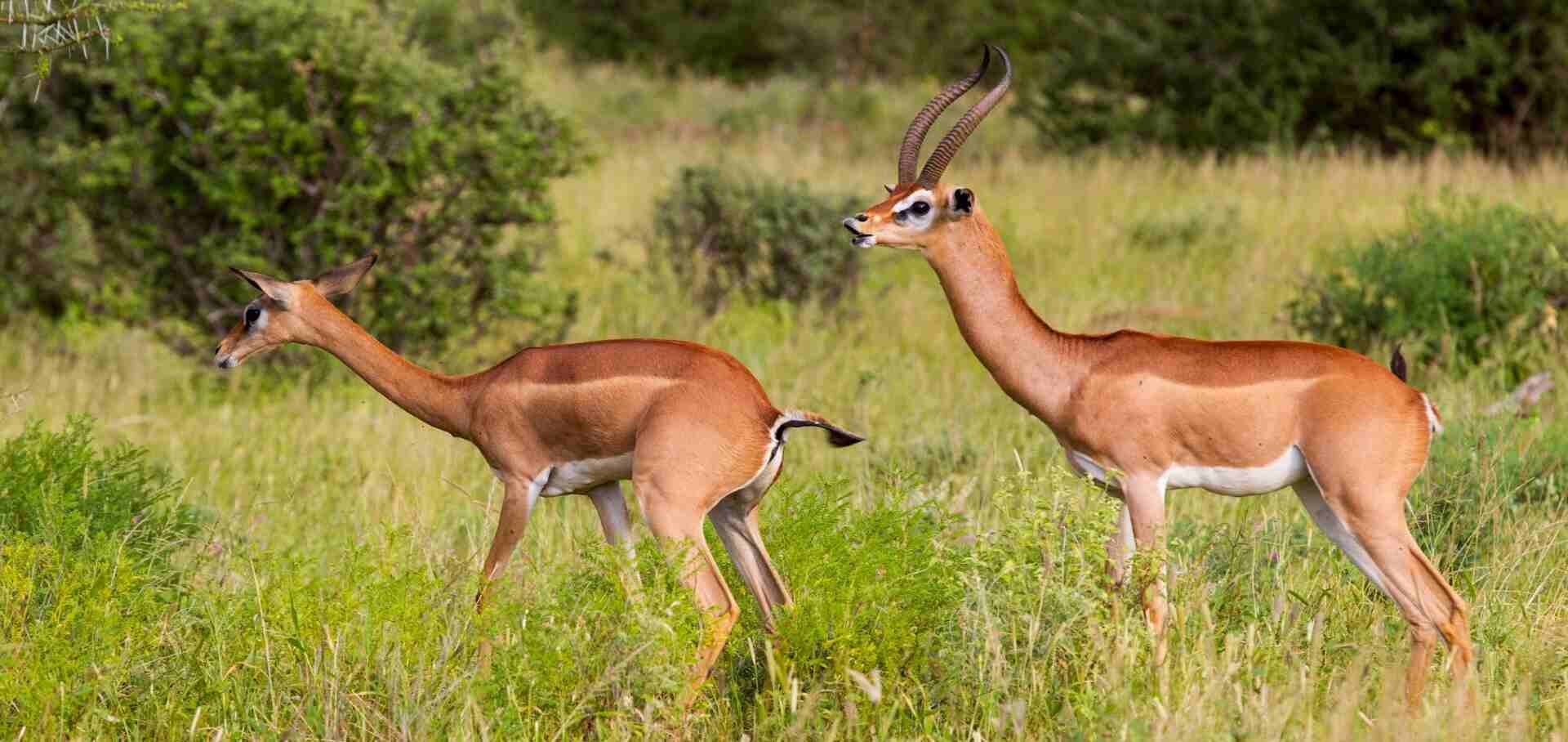The Generuk: A Comprehensive Exploration of Nature's Unique Giraffe
The animal kingdom is replete with wonders, each species contributing its unique charm to the intricate tapestry of biodiversity. Among these, the generuk stands out as an extraordinary creature, captivating the imagination with its distinctive features and graceful demeanor. In this article, we delve into the world of the generuk, exploring its habitat, physical characteristics, behavior, and the crucial role it plays in maintaining ecological balance.
Embrace the beauty of cultural diversity and enrich your understanding of the world! Learning about different cultures is an enriching journey that broadens our perspectives, fosters empathy, and fosters respect for one another. It allows us to appreciate the unique traditions, values, and customs that shape the identity of various communities around the globe. Learn about the Hamer Tribe, the Hadza Tribe, the Sami, the Akha People, the Aymaraes, the Kazakh People and the Adivasi on AmplifyGlobe.

1. Unveiling the Generuk
1.1 Overview of the Generuk
The generuk, or Giraffa camelopardalis sambiri, is a fascinating subspecies of giraffe native to East Africa. Known for its remarkable height, slender neck, and unique coat pattern, the generuk is a captivating sight in the savannas and woodlands it calls home.
1.2 Physical Characteristics
Standing out among its giraffe relatives, the generuk possesses a distinctly elongated neck and slender legs. Adult males can reach heights of up to 17 feet, making them the tallest giraffes in the giraffe family. The coat of the generuk showcases a striking pattern of irregular spots and patches, creating a visually appealing ensemble that aids in camouflage within its natural habitat.
2. The Habitat of the Generuk
2.1 Geographic Range
The generuk primarily inhabits the arid and semi-arid regions of East Africa, including countries like Kenya, Ethiopia, and Somalia. These regions provide the generuk with the perfect mix of open woodlands and savannas, offering both sustenance and security.
2.1 Niche in the Ecosystem
As a herbivore, the generuk plays a crucial role in maintaining the delicate balance of its ecosystem. Its diet consists mainly of acacia leaves and buds, allowing it to thrive in environments where other herbivores might struggle. By feeding on the higher branches of trees, the generuk contributes to the control of vegetation growth and promotes biodiversity in its habitat.
3. Behavior and Social Structure
3.1 Feeding Patterns
The generuk exhibits unique feeding behavior, often reaching for foliage higher than other herbivores can access. Its long neck and prehensile tongue enable it to browse among the treetops, where it finds its primary source of nutrition—acacia leaves. This specialized feeding strategy not only sustains the generuk but also has a ripple effect on the ecosystem.
3.2 Social Dynamics
Unlike some of its giraffe relatives, the generuk tends to be more solitary in its habits. However, during the mating season, temporary groups or pairs may form. Understanding the generuk's social dynamics provides insights into its reproductive behavior and enhances our comprehension of the species' life cycle.
4. Reproduction and Life Cycle
4.1 Mating Rituals
Mating rituals among generuks are a captivating display of nature's wonders. During the breeding season, males engage in necking contests, a form of combat where they use their long necks to establish dominance and win the favor of females. This spectacle is not only a testament to the generuk's strength but also a crucial aspect of mate selection.

4.2 Gestation and Birth
Following successful mating, the female generuk undergoes a gestation period of approximately 15 months. Birth usually occurs in isolation, providing the calf with a brief period of protection from potential predators. Witnessing the generuk's parenting behaviors sheds light on the nurturing instincts that ensure the survival of their offspring.
5. Conservation Status and Threats
5.1 Conservation Challenges
Despite its remarkable adaptations, the generuk faces several threats that jeopardize its existence. Habitat loss due to human activities, poaching, and competition for resources with domestic livestock pose significant challenges to the generuk population.
5.2 Conservation Efforts
To mitigate these challenges, concerted conservation efforts are imperative. Establishing protected areas, implementing anti-poaching measures, and raising awareness about the generuk's ecological importance are essential steps toward ensuring the survival of this unique giraffe subspecies.
6. Human-Generuk Interaction
6.1 Ecotourism
The generuk's allure has not gone unnoticed by the tourism industry. Safaris in East Africa offer enthusiasts the opportunity to witness these magnificent creatures in their natural habitat, contributing to local economies and fostering appreciation for wildlife conservation.
6.2 Educational Significance
Studying the generuk provides a valuable educational resource. Understanding its behavior, adaptations, and role in the ecosystem contributes to our broader knowledge of biodiversity. Educational initiatives centered around the generuk can instill a sense of responsibility for the conservation of our planet's diverse fauna.
7. Future Prospects for the Generuk
7.1 Sustainability Initiatives
To secure a future for the generuk, sustainable initiatives must be prioritized. Balancing human development with conservation measures is crucial to ensuring that future generations can continue to marvel at the elegance of this unique giraffe.
7.2 The Role of Research
Ongoing research into the generuk's ecology, behavior, and genetics is paramount. This knowledge forms the foundation for informed conservation strategies, adaptive management, and a deeper understanding of the generuk's intricate role in the ecosystem.
In conclusion, the generuk stands as a testament to nature's capacity for diversity and adaptation. Its towering stature, graceful movements, and role in shaping the ecosystems it inhabits make it a captivating subject for study and admiration. By fostering an appreciation for the generuk and implementing robust conservation measures, we can ensure that this remarkable giraffe continues to roam the East African landscapes for generations to come. As stewards of the Earth, it is our responsibility to safeguard the future of the generuk and, in doing so, contribute to the preservation of our planet's rich biodiversity.